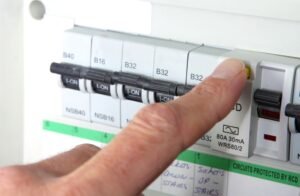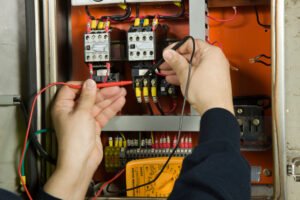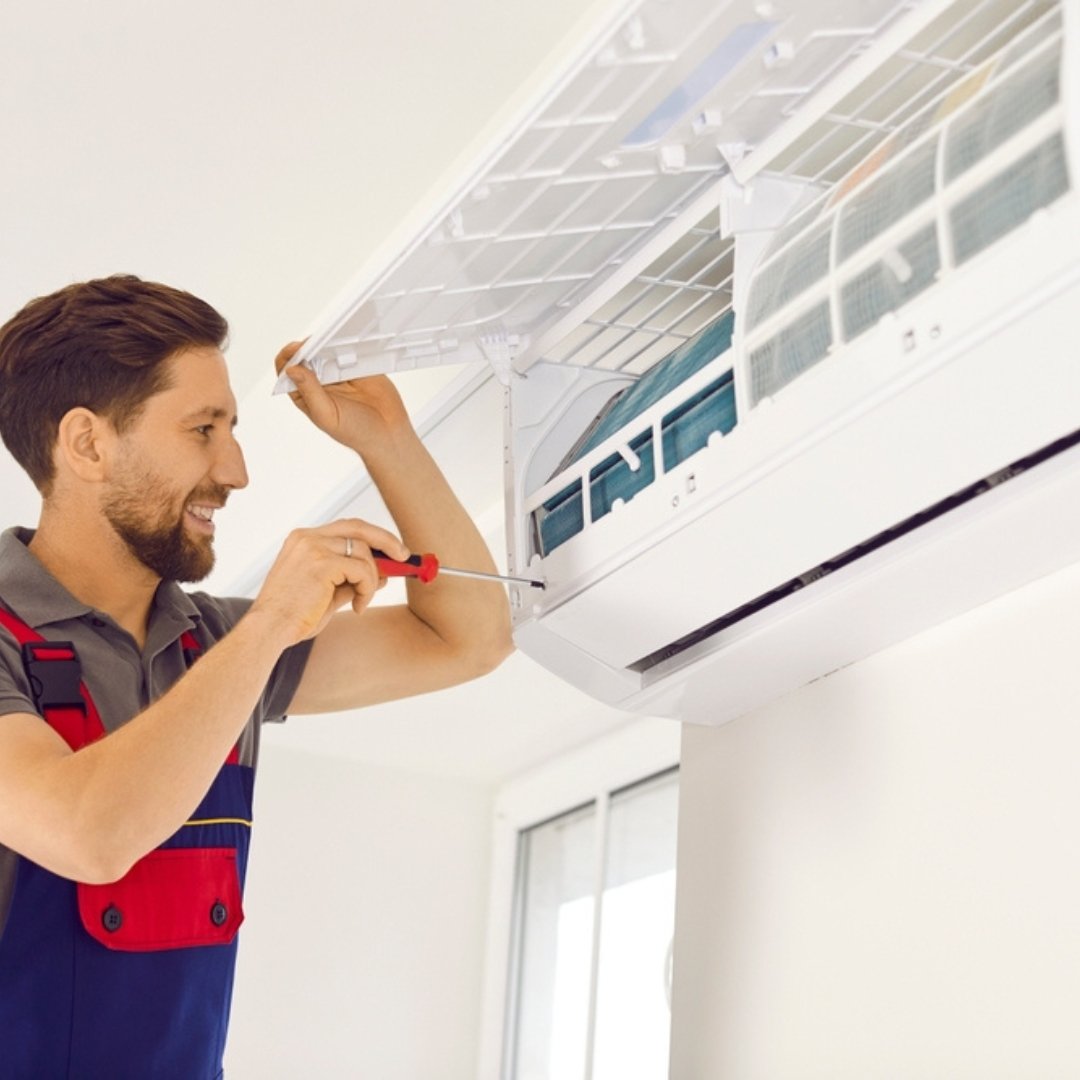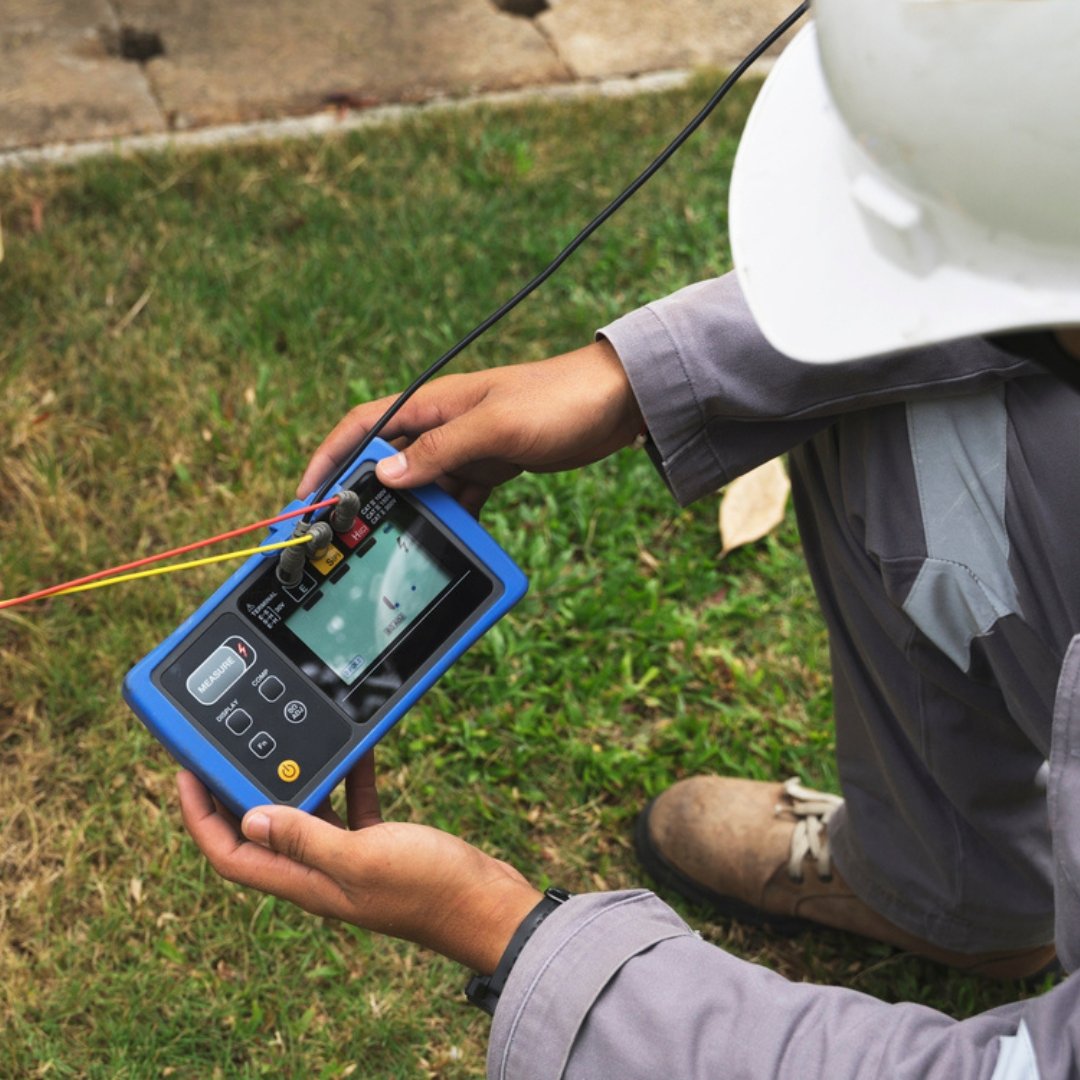What to Do if Your RCD Safety Switch Fails the Test
A Residual Current Device (RCD), commonly known as a safety switch, is one of the most important electrical safety devices in your home or workplace. Its main job is to protect you from electric shocks by instantly cutting off electricity when it detects even small leakage currents. Regular testing of your RCD is essential to ensure it works properly. But what should you do if your safety switch fails the test? Let’s explore this in detail. To Know More Click Here

1. Understand the Importance of RCDs
RCDs are designed to prevent electric shocks, which can be fatal. Unlike circuit breakers that only trip during overloads, RCDs detect even tiny currents leaking to the ground, often caused by faulty wiring or appliances. A failing RCD means that this critical layer of protection is compromised, putting you, your family, and your property at serious risk.
2. Stay Calm, But Take Immediate Action
Discovering that your RCD has failed can be alarming, but panic won’t help. Treat it as an urgent safety issue. Continuing to use faulty RCDs increases the risk of electrical accidents, fires, or serious injury. Your goal should be to restore full protection as quickly as possible.
3. Turn Off the Main Power if Necessary
If you suspect a malfunction or notice any signs of electrical problems, it’s safest to switch off the main power supply before doing anything else. This will reduce the risk of accidental shocks while you investigate or wait for professional help. To Know More Click Here

4. Check the Test Procedure
Sometimes, an RCD appears to fail simply due to improper testing. Here’s how to test your RCD correctly:
- Press the “Test” button on your RCD.
- The switch should trip immediately, cutting power to the circuit.
- Reset the RCD by switching it back to the ON position.
If the RCD does not trip, it is faulty. If it trips slowly or inconsistently, it may indicate a developing problem. Always follow the manufacturer’s instructions for testing your specific model.
5. Inspect for Obvious Signs of Damage
While you should never attempt internal repairs yourself, it’s okay to do a visual check for:
- Burn marks or scorch signs around the switchboard
- Corroded contacts or wires
- Loose or damaged connections
- Any unusual buzzing sounds
If any of these signs are present, stop using the RCD and call a licensed electrician immediately.
6. Avoid DIY Repairs
Electrical work can be extremely dangerous. Do not attempt to fix or replace the RCD yourself unless you are a certified professional. Even a small mistake can lead to severe electric shock or fire. Leave the inspection, repair, or replacement to qualified electricians. To Know More Click Here

7. Contact a Licensed Electrician
A faulty RCD must be replaced or repaired professionally. An electrician will:
- Test the RCD and surrounding circuits
- Identify if the failure is due to the device itself or wiring issues
- Replace the RCD with a new, properly rated unit
- Ensure all wiring complies with local safety regulations
This ensures your home or workplace remains safe and compliant.
8. Check Other RCDs in Your Property
If one RCD fails, it’s wise to check all other RCDs in your property. Multiple RCDs can be affected by the same wiring issues or age-related wear. Regular testing ensures that all devices work correctly and your home remains fully protected.
9. Maintain Regular Testing
Even after a replacement, regular RCD testing is essential. Experts recommend:
- Testing RCDs every 3–6 months
- Checking appliances and cords for wear and tear
- Notifying an electrician immediately if you notice unusual tripping or failures
Consistent maintenance ensures your RCD continues to provide reliable protection.
10. Be Prepared with a Safety Plan
In addition to testing your RCD:
- Keep emergency contacts of licensed electricians handy
- Educate your family or coworkers about RCD safety
- Know how to safely cut off the main power in emergencies
Being prepared ensures you can act quickly if electrical hazards occur.

Conclusion
An RCD safety switch failure is a serious warning that cannot be ignored. Immediate action—correct testing, visual inspection, avoiding DIY repairs, and calling a licensed electrician—is essential to prevent accidents or damage. Remember, your RCD is your last line of defense against electric shocks, and keeping it in perfect working order protects your life and property.
SafeTag – Your Safety Partner in New Zealand
Ensure workplace safety and compliance with SafeTag’s professional testing services. We offer certified solutions for Electrical Testing & Tagging, RCD Testing, Microwave Leakage Testing, and Portable Appliance Testing (PAT). Trust our experts for hassle-free, on-site service tailored to your business needs.




